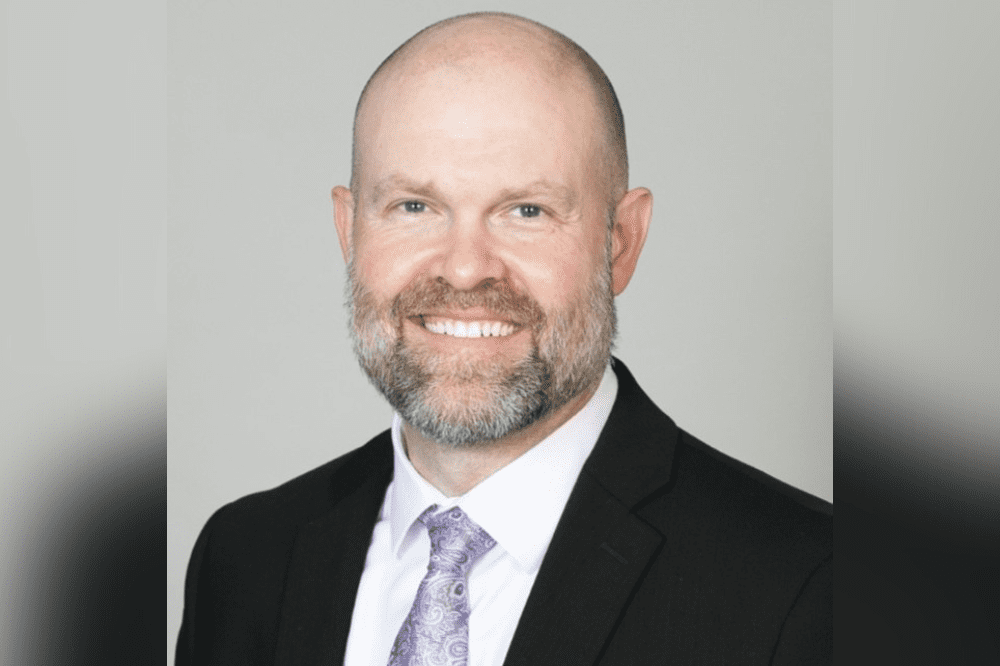Improving the insurance experience for small businesses owners

“Next year will be a year where we really see the insurance customer experience take off, because the customers’ behavior is different,” predicted Marcus Daley (pictured), technical co-founder of NeuralMetrics, a data analytics insurtech for commercial lines underwriting. NeuralMetrics is primarily focused on ensuring small businesses have access to insurance by simplifying and streamlining the underwriting process.
“Small business owners want to be able to move quickly with obtaining insurance. A lot of them find this to be unnecessary evil. They’re not good at [finding insurance] and would much rather be building their business. For them, a quick, accurate readout on what they are as a business and what they qualify for is extremely valuable,” Daley told Insurance Business.
How fast should fast be? Daley clarified that there are reasonable limitations of speed in underwriting; the difference between five and 20 seconds is “irrelevant”. “Instead, I think what matters is the kind of detail you can provide. Is it accurate? Is it supportable?” he asked.
Underwriting speed alone won’t cut it; technology must also be able to pull accurate underwriting information. “If you must pick one of the two, pick accuracy. At the end of the day, customers are buying trust,” Daley pointed out. “The last thing a small business wants to do is buy a policy, pay for it for five years, have a catastrophic event, and have an underwriter deny their claims.”
Read more: Home insurers face loyalty challenges – report
Transparency needed to comply with new data regulations and consumer demands means that brokers and carriers need to be able to explain their process, and not just rely on algorithms. “At the end of whatever type of underwriting process, you need to be able to point out exactly how you came to that result – and it needs to be easily understood. It needs to be grounded in facts,” Daley said. “You should be able to clearly say: ‘This is how we were able to conclude that you’re this type of business and that you have these types of risks.’”
According to Daley, most insurance providers catering to small commercial businesses are using machine learning and artificial intelligence without a way to justify their output. “They’re basically saying you have to apply blind trust, and that’s a horrible answer for a client who got an unfavorable result.”
He added: “If agents and carriers can make that process trustworthy and provide full transparency into how they got to their assessments, that’s a big part of strengthening their relationship with customers.”
Will 2023 be the year of straight-through processing? It might – but insurers still want underwriters to have the ultimate decision-making power, especially when it comes to complex situations. Insurance technology, far from taking the underwriter out of the loop, should be able to provide a level of clarity and understanding to both the small business and the underwriter.
Read more: How fraud detection improves customer experience
“As a platform, we want to make sure that at every touchpoint we can help explain what we did and why we came to our conclusions. A human can jump in at any point in the business process and get the answers that they’re looking for or, if they wanted to, run straight-through,” said Daley.
The hard market will only continue to spur creative solutions to small commercial underwriting. Rather than turn away, insurers will be encouraged to invest in these innovations. Daley explained: “Carriers will be more open to using new technology because business is often declining for them. In this environment, some insureds need to take out a smaller policy or maybe skip a payment, which affects the carrier’s side of the business.”
Capturing and retaining customers in the long-term means fulfilling their needs on the digital front, Daley said. “Insurance companies must be willing to go 100% digital, and to create the digital experience that feels as good or better than the in-person experience.”





